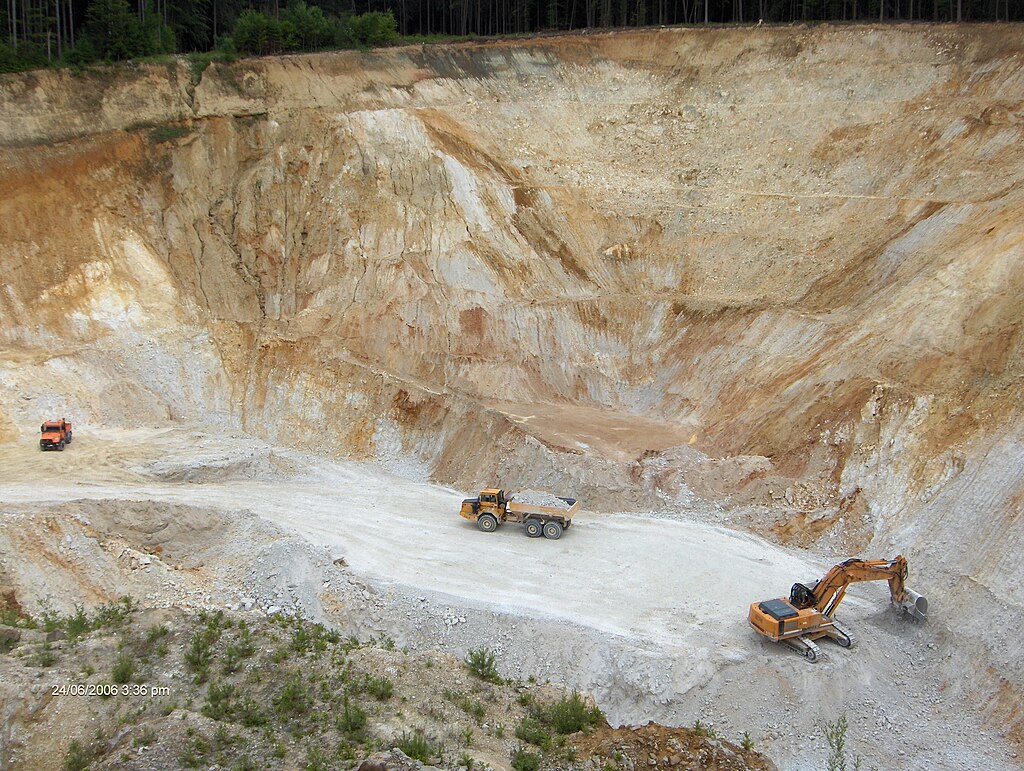In October, the Kachin Independence Army (KIA), an ethnic rebel group in northern Myanmar, seized control of the country’s rare-earth mining belt, disrupting global supply chains and challenging the military junta and China’s influence. Kachin mines produce nearly half of the world’s heavy rare earths—key components in electric vehicles and wind turbines. Since the takeover, Chinese imports from Myanmar plummeted 89% year-over-year in February, according to customs data.
The KIA, fighting for autonomy for the Kachin minority, aims to use rare earths as political leverage, particularly against China, which backs the junta and has heavily invested in Kachin mining. The rebels have imposed a 20% tax on mostly Chinese-operated mines, rendering operations unprofitable and halting exports. Terbium oxide prices surged 21.9% to 6,550 yuan/kg, while dysprosium oxide dipped slightly.
China’s hold on Myanmar’s rare earths is slipping, and India has shown growing interest. India’s state-owned IREL sent officials to Kachin in late 2024, exploring rare earth investment opportunities. However, infrastructure challenges and India’s limited refining capabilities remain barriers.
Beijing risks losing access to a $1.4 billion rare earth market unless it acknowledges the KIA’s control. The rebels currently allow limited exports of existing stockpiles but need Chinese expertise to resume full-scale mining. Still, if China remains uncooperative, KIA may turn to India as an alternative, despite logistical difficulties.
The KIA’s move has reshaped rare earth dynamics, adding volatility to global markets and forcing major players to rethink sourcing strategies. As Myanmar’s civil war intensifies, the fight over rare earths is becoming a strategic geopolitical and economic battleground.



 Fed’s Goolsbee Warns Trump Tariffs Could Fuel Inflation, Hurt Growth
Fed’s Goolsbee Warns Trump Tariffs Could Fuel Inflation, Hurt Growth  Japan Unemployment Falls in February, Signaling Market Improvement
Japan Unemployment Falls in February, Signaling Market Improvement  Indian Rupee Eyes US Tariff Move as Bond Yields Slide Ahead of RBI Policy
Indian Rupee Eyes US Tariff Move as Bond Yields Slide Ahead of RBI Policy  Oil Prices Hold Steady Amid Trump’s Iran Threats and Geopolitical Tensions
Oil Prices Hold Steady Amid Trump’s Iran Threats and Geopolitical Tensions  China’s March PMI Beats Expectations Amid Strong Stimulus Push
China’s March PMI Beats Expectations Amid Strong Stimulus Push  Europe Emerges as Strategic Investment Hub Amid Defence and Infrastructure Boom
Europe Emerges as Strategic Investment Hub Amid Defence and Infrastructure Boom  South Korea's March Exports Rise Amid Trade War Concerns
South Korea's March Exports Rise Amid Trade War Concerns  US Stock Futures Slip Amid Recession Fears and Trump Tariff Plan
US Stock Futures Slip Amid Recession Fears and Trump Tariff Plan  Taiwan Prepares for U.S. Tariffs as Lai Urges Swift Contingency Measures
Taiwan Prepares for U.S. Tariffs as Lai Urges Swift Contingency Measures  Mexico Cuts 2025 Growth Forecast Amid Recession Concerns
Mexico Cuts 2025 Growth Forecast Amid Recession Concerns  S&P 500 Rises as Tech Surges Ahead of Trump’s Tariff Announcement
S&P 500 Rises as Tech Surges Ahead of Trump’s Tariff Announcement  Asian Stocks Rebound as Markets Brace for U.S. Tariffs and RBA Holds Rates
Asian Stocks Rebound as Markets Brace for U.S. Tariffs and RBA Holds Rates  EU Ready to Hit Back if U.S. Imposes New Trade Tariffs, Says von der Leyen
EU Ready to Hit Back if U.S. Imposes New Trade Tariffs, Says von der Leyen 






























